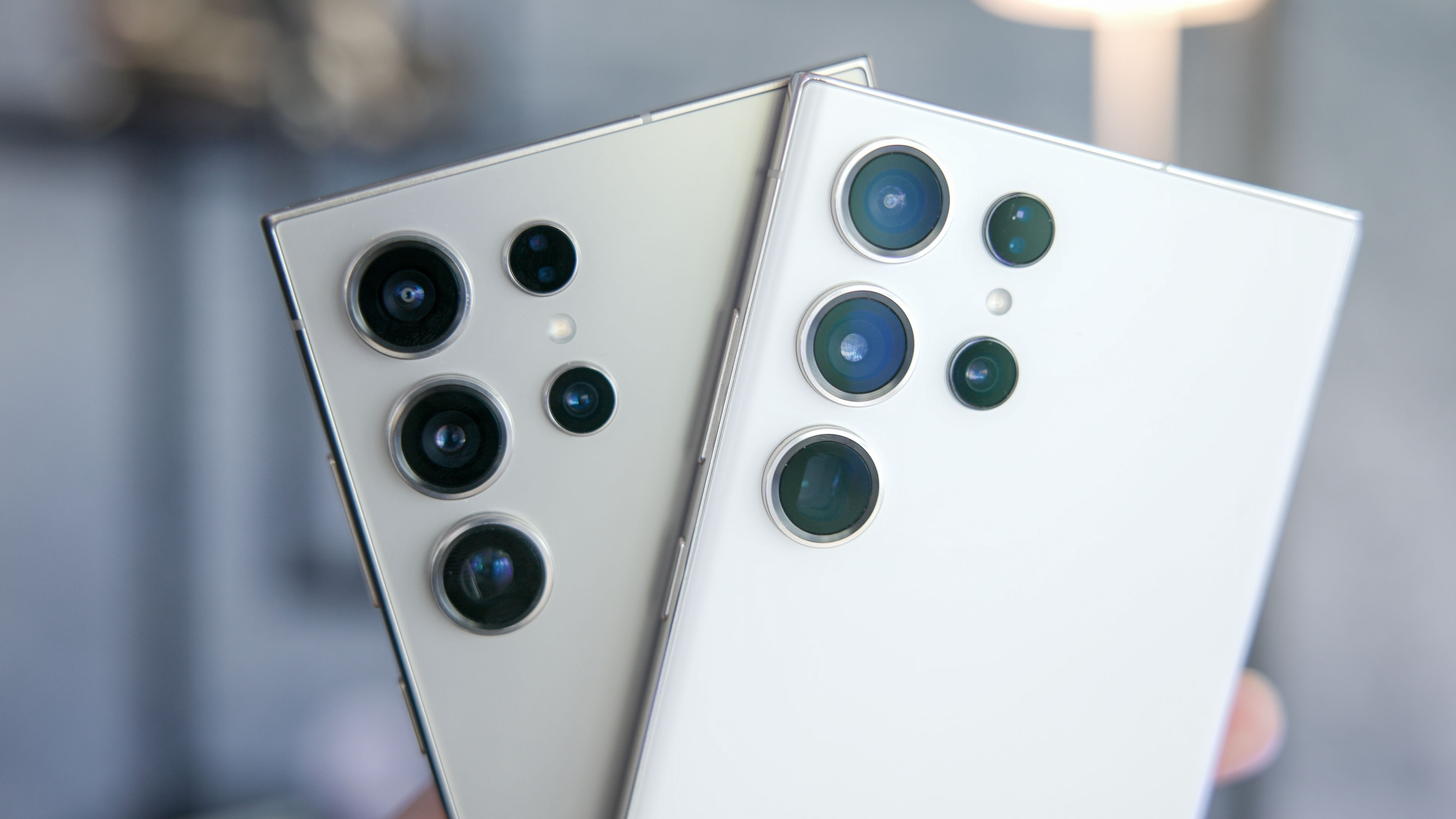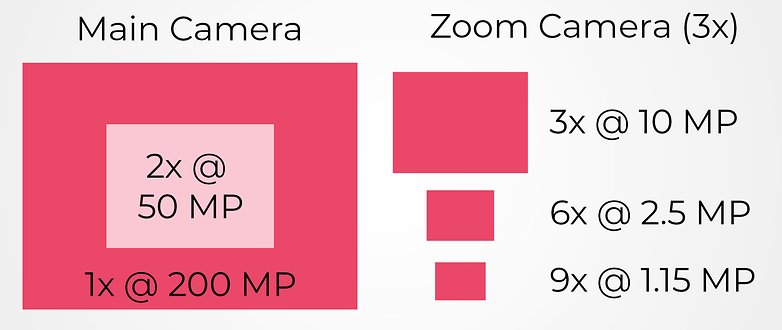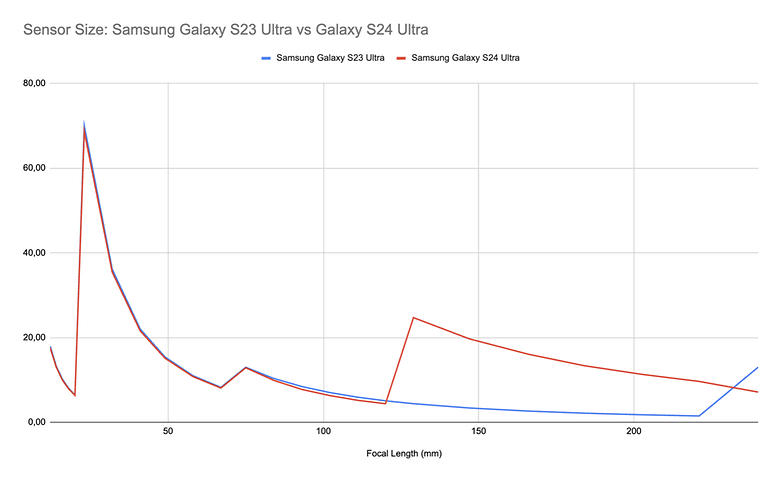
The Samsung Galaxy S24 Ultra comes with “only” a 5x optical zoom, whereas the Galaxy S23 Ultra boasts a 10x optical zoom. “Why has Samsung watered down its new flagship?” is a question that you might ask. However, this is not necessarily true. For most users, the Galaxy S24 Ultra is most likely significantly better. Here’s why.
“Less is more” is also Samsung’s motto this time around. After all, it was the South Koreans who made a big splash in 2020 by being the first to offer 100x zoom in a smartphone. In the meantime, most users have realized that a three-digit digital zoom factor set by the marketing department is as useful as a fly screen in a submarine. It’s the optical zoom that counts because it is this department where the camera works without any image quality loss.
Why is the Samsung Galaxy S24 Ultra now “worse” at zooming?
Every camera delivers its best performance at its native focal length, since this is where (almost) the entire sensor’s resolution and (almost) sensor area is available. The primary camera of the Samsung Galaxy S23 Ultra and S24 Ultra uses the same sensor. You take photos here at “1x” – i.e. at a focal length of 25 millimeters at 200 megapixels, which are spread over an area of around 9.9 x 7.3 mm. The quality doesn’t get any better than this.
If you now take photos with “2x”, the Galaxy S23 Ultra and S24 Ultra will have to zoom into the image sensor accordingly due to the lack of a real 2x lens. To achieve a focal length of 50 mm, the smartphones cut a section from the center of the image sensor that corresponds to half the sensor size in both height and width. This leaves you with 50 megapixels on an area of around 5.0 x 3.6 mm, which is still adequate for very good image quality.
However, the problem appears with the camera configuration of the Samsung Galaxy S23 Ultra, where the primary camera is not the culprit, but the two telephoto cameras with 3x and 10x optical magnification, respectively. Both cameras only offer 10 megapixels resolution on a sensor area of around 4 x 3 mm. This is six times less than what the primary camera offers. At the same time, the two mini cameras not only have to bridge from 1x to 2x as in the first calculation example, but from 3x to 10x.
At 6x, just 2.5 megapixels remain on 2 x 1.5 mm. At 9x, the image processing must somehow scrape out a usable image from 1.15 megapixels at around 1.5 x 1 mm. And at 10x, things suddenly get much better with another 10 megapixels on 4 x 3 mm.

How do you explain to the end user that they should not zoom up to 9x but up to 10x, or stick with 3x otherwise? Samsung made a rather clumsy attempt and hid all the zoom buttons between 3x and 10x in the S23 Ultra’s camera app but that did not stop Herbert from zooming into the picture quality disaster with a two-finger gesture while on vacation in Australia.
What about the Samsung Galaxy S24 Ultra?
Now that we’ve traveled all the way to Tasmania, we can finally talk about the Galaxy S24 Ultra. Here, Samsung uses the same primary camera (23 mm) and the same 3x telephoto sensor (69 mm) as in the S23 Ultra. However, the tiny telephoto sensor does not have to work that hard. From 5x (115 mm), the next sensor already takes over, and with 50 megapixels, it also has a significantly higher resolution with roughly twice the sensor area!
This means the new sensor in the Galaxy S24 Ultra can bridge the zoom range naturally up to and including 9x far better than its predecessor. Only from the 10x mark (230 mm) onward does the Galaxy S23 Ultra offer slightly better image quality. Although the 5x sensor of the S24 Ultra still has more available megapixels at 10x, the available sensor area of the S23 Ultra is slightly larger. You can see this comparison again:


In other words: If you shoot a lot at 10x or more, then the S23 Ultra offers slightly better image quality. In the initial Samsung Galaxy S24 Ultra hands-on, we were able to verify this at first glance. However, let’s be honest: how often do you take photos at more than 10x zoom?






